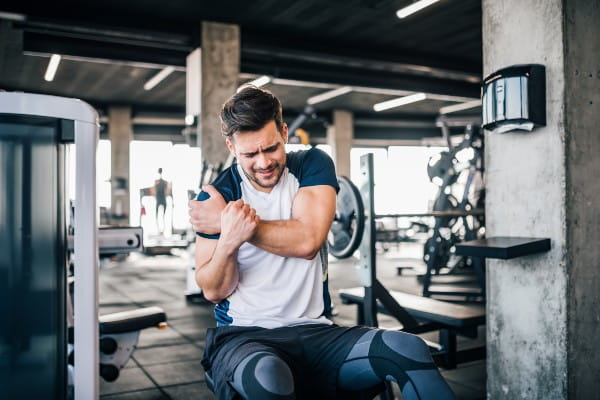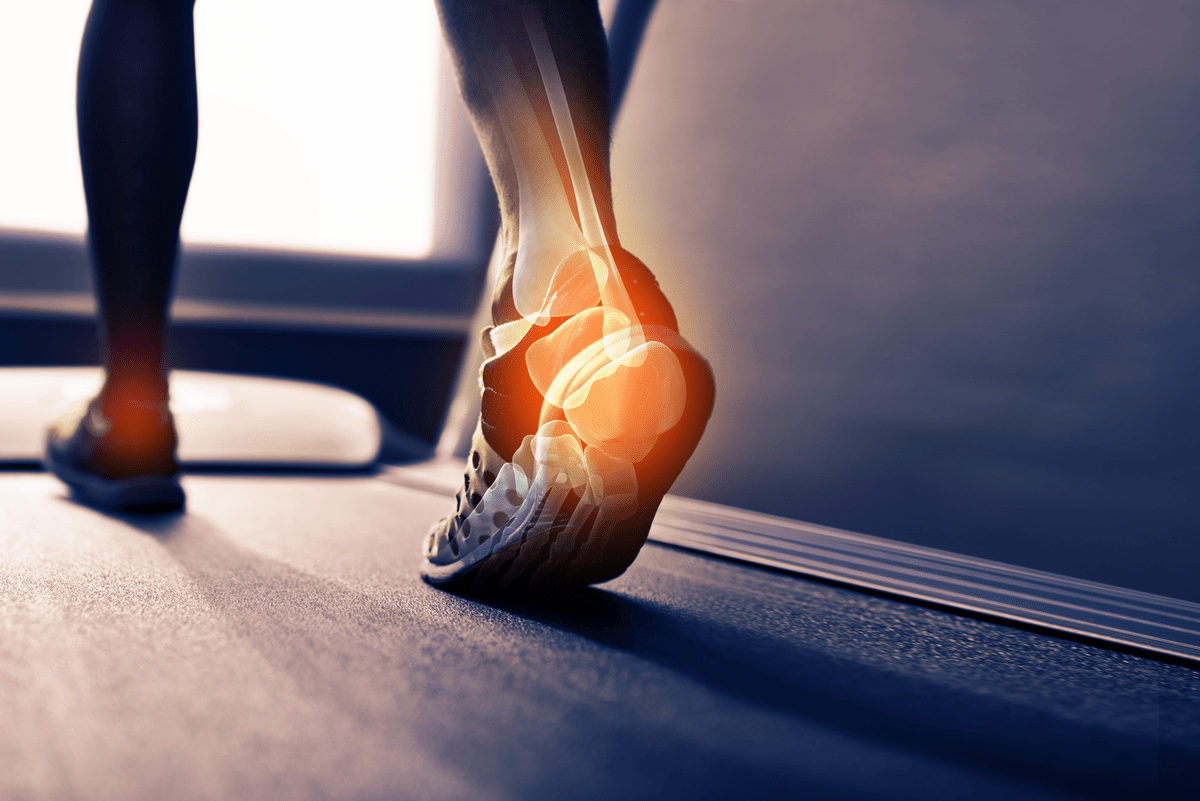Your shoulder is a complex joint consisting of muscles, tendons, bones and cartilage. Injury to any of these tissues can cause pain and prevent you from using your shoulder as usual.
“Most shoulder conditions are caused by falling, car accidents or overusing the shoulder,” says Paul B. McLendon, M.D., a shoulder surgery specialist with Riverside Orthopedic Specialists. “They are more common in older adults or athletes like tennis or baseball players.”
Some of the most common shoulder and upper arm conditions that orthopedic surgeons see include:
1. Rotator cuff tears
Your rotator cuff consists of muscles and tendons in your shoulder. Tearing any of these muscles either through overusing the shoulder or falling on it can cause shoulder pain and weakness.
2. Shoulder arthritis
Shoulder arthritis is inflammation in the shoulder joint that causes pain and trouble moving your shoulder. You can experience multiple types of shoulder arthritis, including:
- Avascular necrosis (AVN) where bone cells in your shoulder die due to a lack of blood flow
- Post-traumatic arthritis due to injuries or surgeries in the shoulder
- Rheumatoid arthritis, also called inflammatory arthritis, is caused by an autoimmune disorder
- Osteoarthritis, which can affect the acromioclavicular joint (the joint by your collar bone) or your glenohumeral joint (the joint where your arm meets your shoulder socket) due to wear and tear on your shoulder over time
3. Rotator cuff arthropathy
If doctors don’t repair a rotator cuff tear, it can lead to rotator cuff arthropathy. In this condition, your shoulder bones rub together, causing irritation, pain and weakness.
4. Proximal humerus fractures
Proximal humerus fractures are broken bones in your upper arm or shoulder. They can be caused by car accidents or bad falls. If you break your bone, you will feel pain and may not be able to move your arm at all.
5. Labral tears
Your labrum is the cartilage that lines your shoulder joint. If the labrum tears, it can cause pain, trouble lifting your arm and a grinding or popping feeling when you move your arm.
6. Proximal biceps tears/tendinopathy
Your bicep muscle connects to your shoulder joint via a tendon. If you overuse this muscle by lifting overhead over and over or making similar motions, these tendons and even the bicep muscle can tear, leaving your shoulder weakened.
7. Acromioclavicular (AC) joint arthritis
Your AC joint is where your collar bone meets the highest point of your shoulder. Arthritis here most commonly occurs in middle-aged and older adults.
8. Subacromial impingement
The subacromial area of your shoulder runs beneath your collar bone. Your rotator cuff tendons run through this area. They become “impinged” or pinched if they are irritated or inflamed.
9. Distal biceps tendon ruptures
Your distal bicep tendon attaches your bicep to the front of your elbow. In the rare case that it detaches from the bone, your bicep muscle can become bunched up around your shoulder, creating a bulge and severe pain.
10. Triceps tendon ruptures
The muscles that make up your triceps attach to the back of your elbow. If the tendon ruptures, you won’t be able to fully extend your arm.
If you are experiencing any pain or weakness in your shoulder and upper arm, the expert orthopedic surgeons at Riverside Health can help you find relief. Learn more about our shoulder and elbow services.



